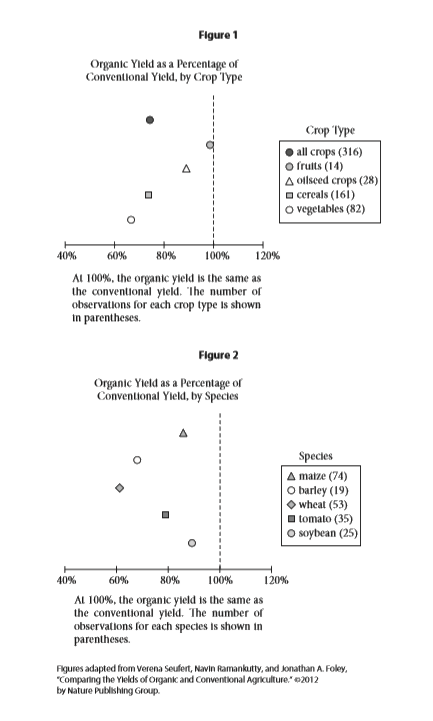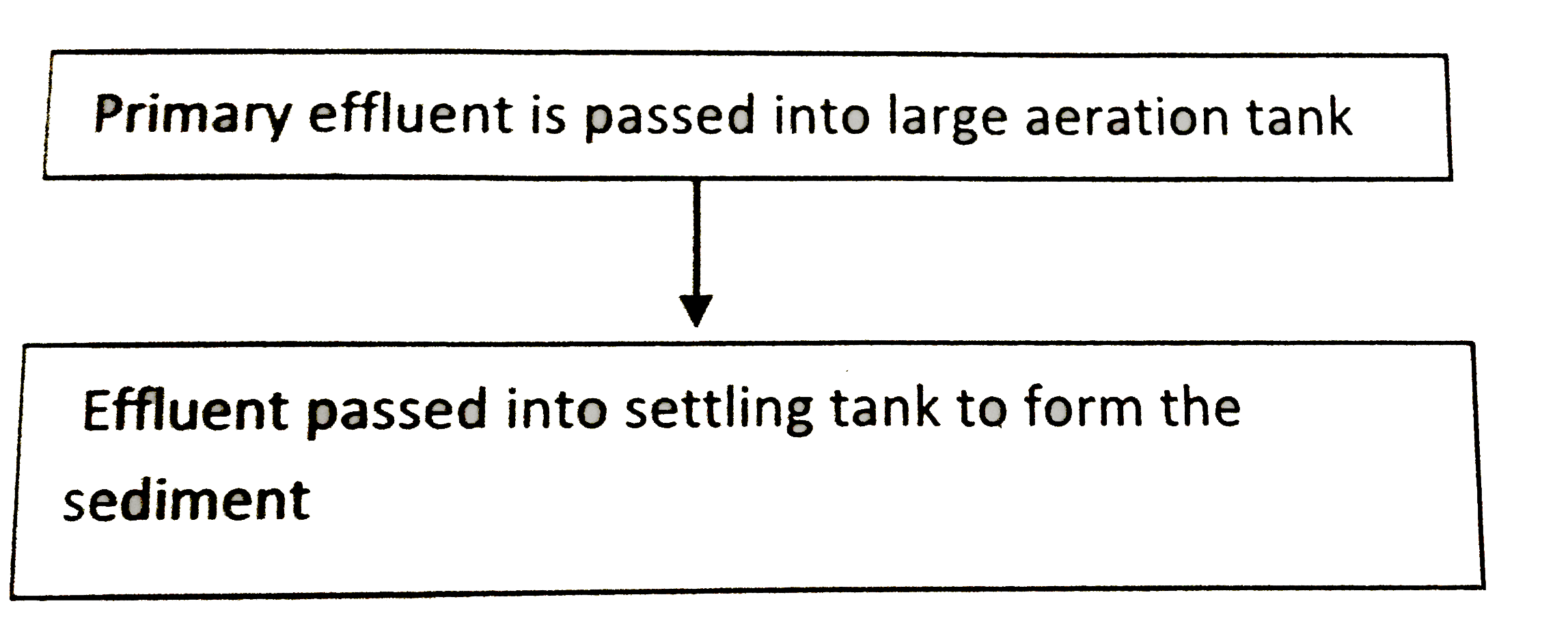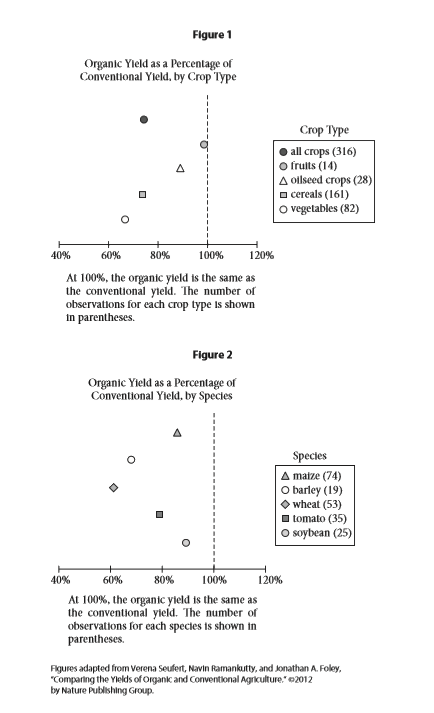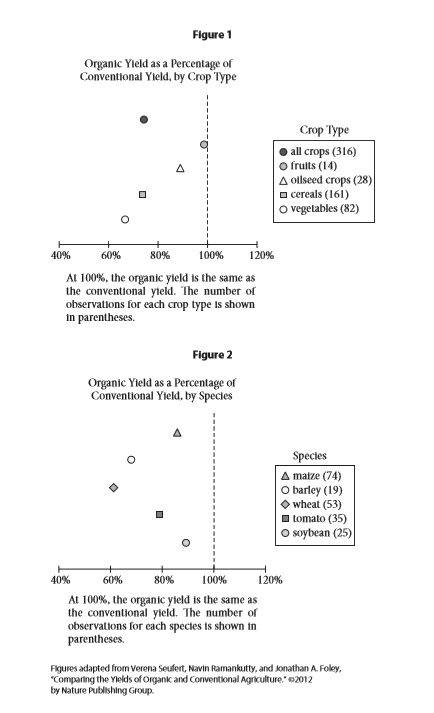Write the effective remedy found by Ahmed Khan of Bengaluru for the efficient use of the plastic waste generated by big cities.
Step-by-Step Solution:
1. Identify the Problem: The accumulation of plastic waste, particularly plastic bags, is a significant environmental issue in big cities due to their non-biodegradable nature.
2. Ahmed Khan's Initiative: Ahmed Khan, a resident of Bengaluru, recognized this problem and sought an effective remedy to utilize plastic waste.
3. Collaboration: He collaborated with RV College of Engineering and the Bangalore City Corporation to develop a solution.
4. Plastic Waste Collection: Ahmed Khan purchased plastic bags from rag pickers at a rate of 6 rupees per kg, which is significantly higher than the original market price of 0.4 rupees per kg. This incentivized rag pickers to collect more plastic waste.
5. Creating Polyblend: He processed the collected plastic bags into fine particles, which he termed "polyblend." This involved blending the plastic into a very fine form.
6. Mixing with Bitumen: The polyblend was then mixed with bitumen, a black mixture commonly used for road construction.
7. Water Repellent Properties: The combination of polyblend and bitumen resulted in a material with water-repellent properties, which helps prevent water accumulation on roads during rainy seasons.
8. Application: This innovative mixture was used to lay down roads in Bengaluru, addressing both the issue of plastic waste and improving road durability.
9. Outcome: The roads constructed using this polyblend and bitumen mixture remained intact during rainy weather, reducing the formation of cracks and enhancing travel conditions.
---
Similar Questions
(a) Why are the colourful polysterene and plastic packaging used for protecting the food, considered an environmental menace?
(b) Write about the remedy found for the efficient use of plastic waste by Ahmed Khan of Bangalore.View Solution(a) Why are the colourful polysterene and plastic packaging used for protecting the food, considered an environmental menace?
(b) Write about the remedy found for the efficient use of plastic waste by Ahmed Khan of Bangalore.View Solution
Knowledge Check
- Question 1 - Select One
Read the following statements and select the correct ones.
(i) Ahmed Khan, a plastic sack manufactturer of Bangalore, in 1998, developed polyblend, a fine powder of recycled modified plastic.
(ii) In collaboration with RV College of Engineering and Bangalore City Corporation, he proved that the mixture of polyblend and bitumen was better for road carpeting as it had better water repellent property.
(iii) By 2002, more than 40 km roads of Bangalore were laid with the help of Khan's mixture
(iv) Rag pickers who used to get 0.40 per kg of plastic waste started getting 6.00 from Ahmed Khan.
(v) INnovation like polyblend might help the modern society from being smothered with plastic waste.A(i), (ii) and (iii)B(ii), (iv) and (v)C(iii), (iv) and (v)DAll of these - Question 2 - Select One
When it comes to energy, everyone loves efficiency. Cutting energy waste is one of those goals that both sides of the political divide can agree on, Line even it they sometimes diverge on how best to get 5 there. Energy efficiency allows us to get more out of our given resources, which is good for the economy and (mostly) good for the environment as well. In an increasingly hot and crowded world, the only sustainable way to live is to get more out of less. to Every environmentalist would agree. But change the conversation to food, and suddenly efficiency doesn't look so good. Conventional industrial agriculture has become incredibly efficient on a simple land to kind basis. Is Thanks to fertilizers, mechanization and irrigation, each American farmer feeds over 155 people worldwide. Conventional farming gets more and more crop per square foot of cultivated land—over 170 bushels of corn per acre in Iowa, for 20 example—which can mean less territory needs to be converted from wilderness to farmland. And since a third of the planet is already used for agriculture—destroying forests and oilier wild habitats along the way--anything that help us produce more food on less land would seem to he good for the environment.Of course,that’s not how most environmentalists regard their a rugul a[a leaf ygreen].They have embraced organic food as better for the planet—and healthier and tastier,too—than the stuff produced by agricultural corporations.Environmentalists disdain the enormous amounts of energy needed and waste created by conventional farming,while organic practices—for go in gartificial fertilizers and chemical pesticides—are considered far more sustainable. Sales of organic food ros e7.7% in 2010,upto $26.7 billion—and people are making those purchases for their consciences as much as their taste buds. Yet a new meta-analysis in Nature does the math and comes to a hard conclusion:organic farming yields 25% fewer crops on a verage than conventional agriculture.More land is therefore needed to produce fewer crops—and that means organic farming may not be as good for the planet as we think.
In the Nature analysis, scientists from McGill University in Montreal and the University of Minnesota performed an analysis of 66 studies comparing conventional and organic methods across so 34 different crop species, from fruits to grains to legumes. They found that organic farming delivered a lower yield for every crop type, though the disparity varied widely. For rain-watered legume crops like beans or perennial crops like fruit trees, organic is trailed conventional agriculture by just 5%. Yet for major cereal crops like corn or wheat, as well as most vegetables—all of which provide the bulk of the world's calories—conventional agriculture outperformed organics by more than 25%. 60 The main difference is nitrogen, the chemical key to plant growth. Conventional agriculture makes use of 171 million metric tons of synthetic fertilizer each year, and all that nitrogen enables much faster plant growth than the slower release of nitrogen from the 6S compost or cover crops used in organic farming. When we talk about a Green Revolution, we really mean a nitrogen revolution—along with a lot of water. Rut not all the nitrogen used in conventional /0 fertilizer ends up in crops—much of it ends up running off the soil and into the oceans, creating vast polluted dead zones. We're already putting more nitrogen into the soil than the planet can stand over the long term. And conventional agriculture also is depends heavily on chemical pesticides, which can have unintended side effects.
What that means is that while conventional agriculture is more efficient—sometimes much more efficient—than organic farming, there are trade-offs so with each. So an ideal global agriculture system, in the views of the study's authors, may borrow the best from both systems, as Jonathan Foley of the University of Minnesota explained: The bottom line? Today's organic farming 85 practices are probably best deployed in fruit and vegetable farms, where growing nutrition (not just bulk calories) is the primary goal. But for delivering sheer calories, especially in our staple crops of wheat, rice, maize, soybeans and so on, 90 conventional farms have the advantage right now.
Looking forward, I think we will need to deploy different kinds of practices (especially new, mixed approaches that take the best of organic 95 and conventional farming systems) where they are best suited—geographically, economically, socially, etc.

According to the passage,as ignificant attribute of conventional agriculture is its ability toAproduce a wide variety of fruits and vegetablesBmaximize the output of cultivated landCsatisfy the dietary needs of the world's populationDlessen the necessity of nitrogen in plant growth. - Question 3 - Select One
When it comes to energy, everyone loves efficiency. Cutting energy waste is one of those goals that both sides of the political divide can agree on, Line even it they sometimes diverge on how best to get 5 there. Energy efficiency allows us to get more out of our given resources, which is good for the economy and (mostly) good for the environment as well. In an increasingly hot and crowded world, the only sustainable way to live is to get more out of less. to Every environmentalist would agree. But change the conversation to food, and suddenly efficiency doesn't look so good. Conventional industrial agriculture has become incredibly efficient on a simple land to kind basis. Is Thanks to fertilizers, mechanization and irrigation, each American farmer feeds over 155 people worldwide. Conventional farming gets more and more crop per square foot of cultivated land—over 170 bushels of corn per acre in Iowa, for 20 example—which can mean less territory needs to be converted from wilderness to farmland. And since a third of the planet is already used for agriculture—destroying forests and oilier wild habitats along the way--anything that help us produce more food on less land would seem to he good for the environment.Of course,that’s not how most environmentalists regard their a rugul a[a leaf ygreen].They have embraced organic food as better for the planet—and healthier and tastier,too—than the stuff produced by agricultural corporations.Environmentalists disdain the enormous amounts of energy needed and waste created by conventional farming,while organic practices—for go in gartificial fertilizers and chemical pesticides—are considered far more sustainable. Sales of organic food ros e7.7% in 2010,upto $26.7 billion—and people are making those purchases for their consciences as much as their taste buds. Yet a new meta-analysis in Nature does the math and comes to a hard conclusion:organic farming yields 25% fewer crops on a verage than conventional agriculture.More land is therefore needed to produce fewer crops—and that means organic farming may not be as good for the planet as we think.
In the Nature analysis, scientists from McGill University in Montreal and the University of Minnesota performed an analysis of 66 studies comparing conventional and organic methods across so 34 different crop species, from fruits to grains to legumes. They found that organic farming delivered a lower yield for every crop type, though the disparity varied widely. For rain-watered legume crops like beans or perennial crops like fruit trees, organic is trailed conventional agriculture by just 5%. Yet for major cereal crops like corn or wheat, as well as most vegetables—all of which provide the bulk of the world's calories—conventional agriculture outperformed organics by more than 25%. 60 The main difference is nitrogen, the chemical key to plant growth. Conventional agriculture makes use of 171 million metric tons of synthetic fertilizer each year, and all that nitrogen enables much faster plant growth than the slower release of nitrogen from the 6S compost or cover crops used in organic farming. When we talk about a Green Revolution, we really mean a nitrogen revolution—along with a lot of water. Rut not all the nitrogen used in conventional /0 fertilizer ends up in crops—much of it ends up running off the soil and into the oceans, creating vast polluted dead zones. We're already putting more nitrogen into the soil than the planet can stand over the long term. And conventional agriculture also is depends heavily on chemical pesticides, which can have unintended side effects.
What that means is that while conventional agriculture is more efficient—sometimes much more efficient—than organic farming, there are trade-offs so with each. So an ideal global agriculture system, in the views of the study's authors, may borrow the best from both systems, as Jonathan Foley of the University of Minnesota explained: The bottom line? Today's organic farming 85 practices are probably best deployed in fruit and vegetable farms, where growing nutrition (not just bulk calories) is the primary goal. But for delivering sheer calories, especially in our staple crops of wheat, rice, maize, soybeans and so on, 90 conventional farms have the advantage right now.
Looking forward, I think we will need to deploy different kinds of practices (especially new, mixed approaches that take the best of organic 95 and conventional farming systems) where they are best suited—geographically, economically, socially, etc.

Which of the following claims is supported by figure2?AOf the organically grown species represented, soybeans have the lowest yieldBThe organically grown maize and barley represented are comparable in their yields to conventionally grown maize and barleyCOf the organically grown species represented, tomatoes have the highest yieldDThe organically grown species represented have lower yields than their conventionally grown counter parts do
(i) Write down the contribution of Ahmed Khan in Remedy of plastic Waste.
(ii) write down the contribution of Amrita Devi Bishnoi is conservation of forestView SolutionLarge quantities of sewage is generated everyday in cities and towns, which is treated in Sewage Treatment Plants (STPs) to make it less polluted. Given below is the flow diagram of one of the stages of STP.
Observe the given flow diagram and answer the questions accordingly

(a) Why primary effluent is passed into large aeration tanks?
(b) Write the technical term used for the sediment formed? Mention its significance
(c) Explain the final step that results in the formation of biogas in the large tank before the treated effluent is released into water bodies.View SolutionAnswer question numbers 4(a)-4 (d) on the basis of your understanding of the following paragraph and the related studied concepts:
India today is facing the problem of overuse of resources, contamination of water and soil and lack of methods of processing the waste.The time has come for the world to say goodbye to "single-use plastics".steps must be undertaken to develop environment-friendly substitutes, effective plastic waste collection and methods of its disposal.
Indore treated 15 lakh metric tonnes of waste in just 3 years,through biomining and bioremediation techniques.Bioremediation involves introducing microbes into landfill to naturally 'break' it down and biomining involves using trommel machines to shift through the waste to separate the 'soil' and the waste component.The city managed to chip away 15 lakh metric tonnes of waste at a cost of around Rs.10 crore.A similar experiment was successfully carried out in Ahmedabad also.
(a) State two methods of effective plastic waste collection in your school.
(b) Name any two uses of "single-use plastic" in daily life.
(c) If we discontinue the use of plastic,how can an environment-friendly substitute be provided?
(d) Do you think microbes will work similarly in landfill sites as they work in the laboratory?Justify your answer.View SolutionWhen it comes to energy, everyone loves efficiency. Cutting energy waste is one of those goals that both sides of the political divide can agree on, Line even it they sometimes diverge on how best to get 5 there. Energy efficiency allows us to get more out of our given resources, which is good for the economy and (mostly) good for the environment as well. In an increasingly hot and crowded world, the only sustainable way to live is to get more out of less. to Every environmentalist would agree. But change the conversation to food, and suddenly efficiency doesn't look so good. Conventional industrial agriculture has become incredibly efficient on a simple land to kind basis. Is Thanks to fertilizers, mechanization and irrigation, each American farmer feeds over 155 people worldwide. Conventional farming gets more and more crop per square foot of cultivated land—over 170 bushels of corn per acre in Iowa, for 20 example—which can mean less territory needs to be converted from wilderness to farmland. And since a third of the planet is already used for agriculture—destroying forests and oilier wild habitats along the way--anything that help us produce more food on less land would seem to he good for the environment.Of course,that’s not how most environmentalists regard their a rugul a[a leaf ygreen].They have embraced organic food as better for the planet—and healthier and tastier,too—than the stuff produced by agricultural corporations.Environmentalists disdain the enormous amounts of energy needed and waste created by conventional farming,while organic practices—for go in gartificial fertilizers and chemical pesticides—are considered far more sustainable. Sales of organic food ros e7.7% in 2010,upto $26.7 billion—and people are making those purchases for their consciences as much as their taste buds. Yet a new meta-analysis in Nature does the math and comes to a hard conclusion:organic farming yields 25% fewer crops on a verage than conventional agriculture.More land is therefore needed to produce fewer crops—and that means organic farming may not be as good for the planet as we think.
In the Nature analysis, scientists from McGill University in Montreal and the University of Minnesota performed an analysis of 66 studies comparing conventional and organic methods across so 34 different crop species, from fruits to grains to legumes. They found that organic farming delivered a lower yield for every crop type, though the disparity varied widely. For rain-watered legume crops like beans or perennial crops like fruit trees, organic is trailed conventional agriculture by just 5%. Yet for major cereal crops like corn or wheat, as well as most vegetables—all of which provide the bulk of the world's calories—conventional agriculture outperformed organics by more than 25%. 60 The main difference is nitrogen, the chemical key to plant growth. Conventional agriculture makes use of 171 million metric tons of synthetic fertilizer each year, and all that nitrogen enables much faster plant growth than the slower release of nitrogen from the 6S compost or cover crops used in organic farming. When we talk about a Green Revolution, we really mean a nitrogen revolution—along with a lot of water. Rut not all the nitrogen used in conventional /0 fertilizer ends up in crops—much of it ends up running off the soil and into the oceans, creating vast polluted dead zones. We're already putting more nitrogen into the soil than the planet can stand over the long term. And conventional agriculture also is depends heavily on chemical pesticides, which can have unintended side effects.
What that means is that while conventional agriculture is more efficient—sometimes much more efficient—than organic farming, there are trade-offs so with each. So an ideal global agriculture system, in the views of the study's authors, may borrow the best from both systems, as Jonathan Foley of the University of Minnesota explained: The bottom line? Today's organic farming 85 practices are probably best deployed in fruit and vegetable farms, where growing nutrition (not just bulk calories) is the primary goal. But for delivering sheer calories, especially in our staple crops of wheat, rice, maize, soybeans and so on, 90 conventional farms have the advantage right now.
Looking forward, I think we will need to deploy different kinds of practices (especially new, mixed approaches that take the best of organic 95 and conventional farming systems) where they are best suited—geographically, economically, socially, etc.

In line88,“sheer”most nearly meansView SolutionWhen it comes to energy, everyone loves efficiency. Cutting energy waste is one of those goals that both sides of the political divide can agree on, Line even it they sometimes diverge on how best to get 5 there. Energy efficiency allows us to get more out of our given resources, which is good for the economy and (mostly) good for the environment as well. In an increasingly hot and crowded world, the only sustainable way to live is to get more out of less. to Every environmentalist would agree. But change the conversation to food, and suddenly efficiency doesn't look so good. Conventional industrial agriculture has become incredibly efficient on a simple land to kind basis. Is Thanks to fertilizers, mechanization and irrigation, each American farmer feeds over 155 people worldwide. Conventional farming gets more and more crop per square foot of cultivated land—over 170 bushels of corn per acre in Iowa, for 20 example—which can mean less territory needs to be converted from wilderness to farmland. And since a third of the planet is already used for agriculture—destroying forests and oilier wild habitats along the way--anything that help us produce more food on less land would seem to he good for the environment.Of course,that’s not how most environmentalists regard their a rugul a[a leaf ygreen].They have embraced organic food as better for the planet—and healthier and tastier,too—than the stuff produced by agricultural corporations.Environmentalists disdain the enormous amounts of energy needed and waste created by conventional farming,while organic practices—for go in gartificial fertilizers and chemical pesticides—are considered far more sustainable. Sales of organic food ros e7.7% in 2010,upto $26.7 billion—and people are making those purchases for their consciences as much as their taste buds. Yet a new meta-analysis in Nature does the math and comes to a hard conclusion:organic farming yields 25% fewer crops on a verage than conventional agriculture.More land is therefore needed to produce fewer crops—and that means organic farming may not be as good for the planet as we think.
In the Nature analysis, scientists from McGill University in Montreal and the University of Minnesota performed an analysis of 66 studies comparing conventional and organic methods across so 34 different crop species, from fruits to grains to legumes. They found that organic farming delivered a lower yield for every crop type, though the disparity varied widely. For rain-watered legume crops like beans or perennial crops like fruit trees, organic is trailed conventional agriculture by just 5%. Yet for major cereal crops like corn or wheat, as well as most vegetables—all of which provide the bulk of the world's calories—conventional agriculture outperformed organics by more than 25%. 60 The main difference is nitrogen, the chemical key to plant growth. Conventional agriculture makes use of 171 million metric tons of synthetic fertilizer each year, and all that nitrogen enables much faster plant growth than the slower release of nitrogen from the 6S compost or cover crops used in organic farming. When we talk about a Green Revolution, we really mean a nitrogen revolution—along with a lot of water. Rut not all the nitrogen used in conventional /0 fertilizer ends up in crops—much of it ends up running off the soil and into the oceans, creating vast polluted dead zones. We're already putting more nitrogen into the soil than the planet can stand over the long term. And conventional agriculture also is depends heavily on chemical pesticides, which can have unintended side effects.
What that means is that while conventional agriculture is more efficient—sometimes much more efficient—than organic farming, there are trade-offs so with each. So an ideal global agriculture system, in the views of the study's authors, may borrow the best from both systems, as Jonathan Foley of the University of Minnesota explained: The bottom line? Today's organic farming 85 practices are probably best deployed in fruit and vegetable farms, where growing nutrition (not just bulk calories) is the primary goal. But for delivering sheer calories, especially in our staple crops of wheat, rice, maize, soybeans and so on, 90 conventional farms have the advantage right now.
Looking forward, I think we will need to deploy different kinds of practices (especially new, mixed approaches that take the best of organic 95 and conventional farming systems) where they are best suited—geographically, economically, socially, etc.

Which choice provides the best evidence for the answer to the previous questionView Solution

